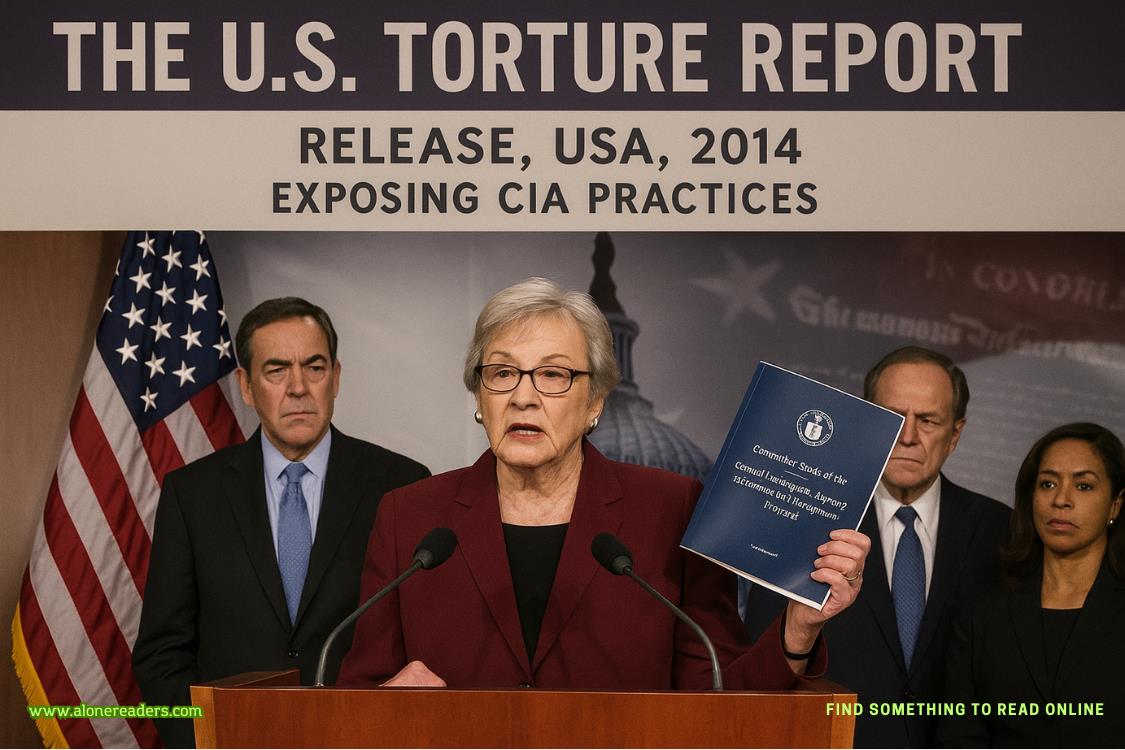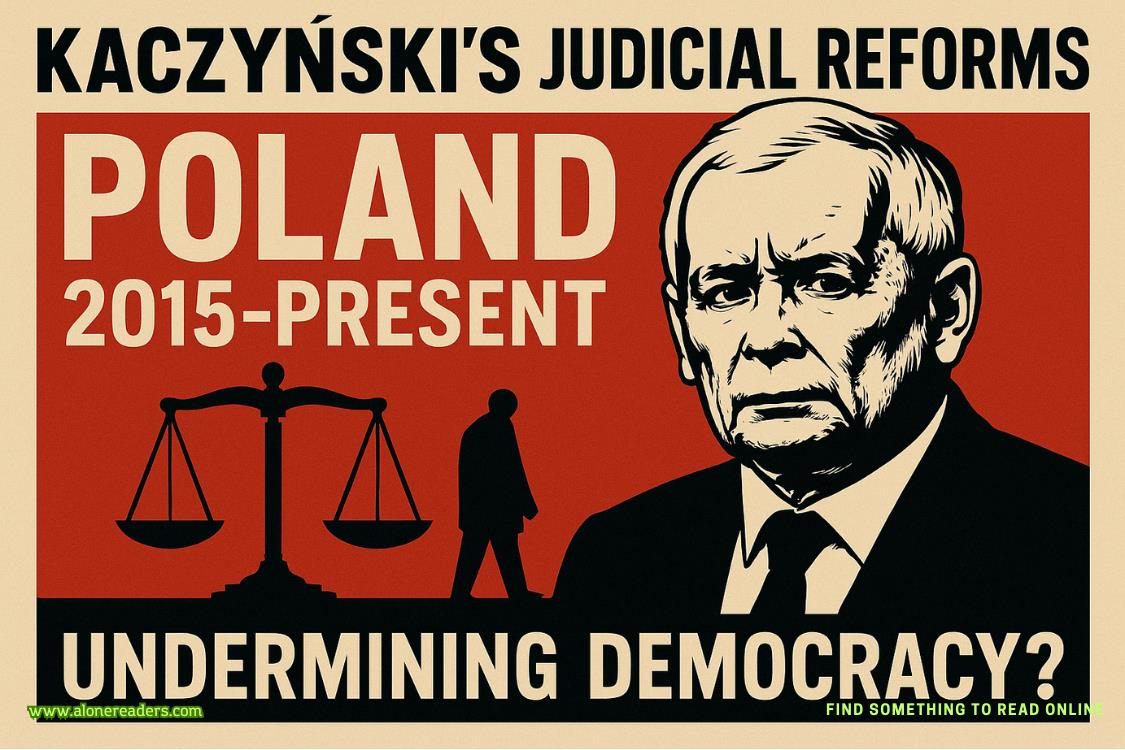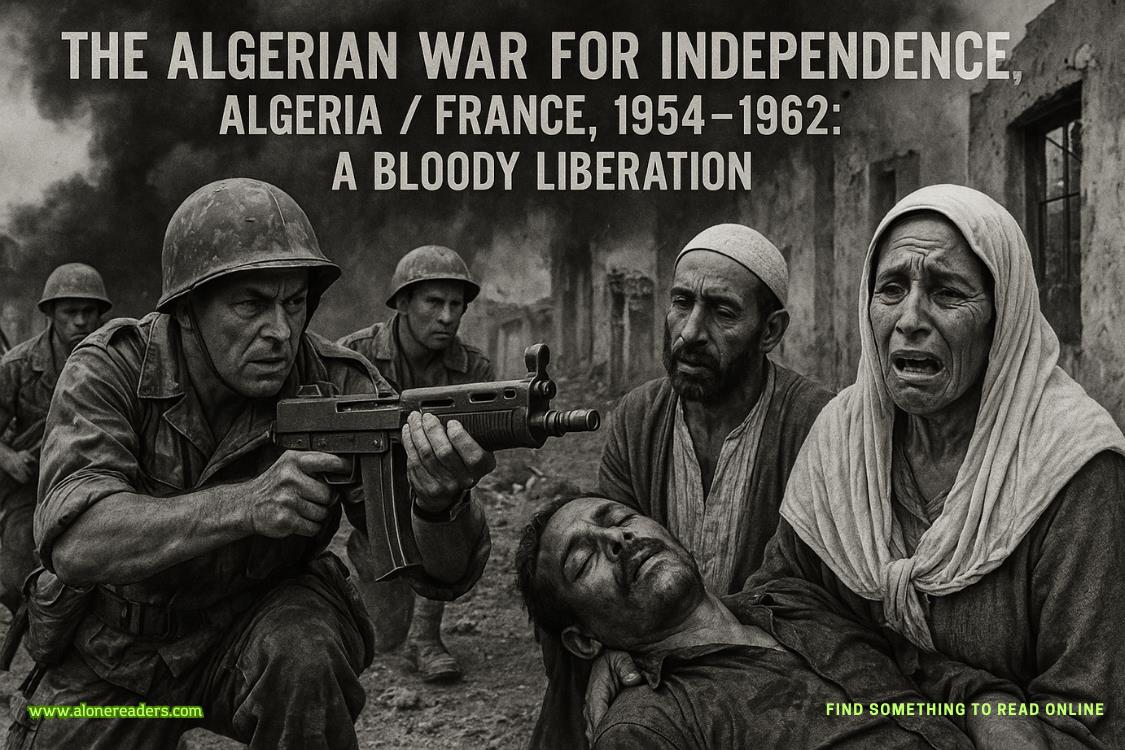Page 87 of Racing for Redemption
“Good start,” Tom confirms. “Cesar ahead. Louis and Bertrand behind.”
I push through the next sequence of corners, testing out the car’s balance on full tanks. It’s heavier than in qualifying, less responsive, but stable. As the field begins to spread out slightlyacross the track, I settle into a rhythm, hunting down Cesar’s Vortex Satellite machine.
Then it happens—in my mirrors, chaos erupts at Turn 3. A flash of the familiar Colton Racing livery, spinning, collecting one of the Klip cars. Nicholas. As I slow down, Bertrand overtakes me.
“Yellow flags, sector two,” Tom reports. “Safety car deployed. Nicholas and Hayashi are out.”
I keep my thoughts to myself, focusing on maintaining temperature in my tires as the safety car picks up the field. For six laps, we circulate in formation, the marshals clearing debris from Nicholas’ overeager move. If this is going to be him this year, crashing a million-dollar car every weekend, it’ll be hard for Colton Racing to not be in debt.
“Safety car in this lap,” comes the call finally.
I prepare, positioning myself carefully behind Bertrand, looking for any weakness as the pack bunches up for the restart. The safety car peels into the pits, and Bertrand accelerates too early, having to brake again—the rookie error I was hoping for.
I pounce immediately, getting a better exit from the final corner and drafting him down the main straight. Into Turn 1, I feint to the outside, then cut back to the inside as he over-commits to defending. Clean, clinical overtake. Back in P11.
“Nice move,” Tom approves. “Also, Thomas just pitted due to a slow puncture, so you’re in the points. P10. Keep it there.”
The points. Reality hits me; I’m running in a championship points position in my first F1 race. But there’s a long way togo, and the cars ahead have pulled a gap during my battle with Bertrand.
For the next twenty laps, I settle into the grueling rhythm of Grand Prix racing. Every corner is a negotiation with physics, every straight a calculation of risk versus reward. The cockpit is sweltering, and I’m struggling a bit. I take a sip of water and continue focusing on my task. The car feels good, but the tires begin to degrade around lap 25, the rear becoming increasingly skittish on the corner exit.
“Box this lap,” Tom calls. “Box, box.”
I acknowledge, preparing for my first Formula 1 pit stop. The choreography is perfect—I hit my marks, the crew swarms the car, and four seconds later, I’m released with fresh medium tires.
“P12,” Tom updates as I rejoin. “Felix and Bertrand are still on track and haven’t pitted.”
Bertrand. The name sends a spike of adrenaline through me. Something in me completely changes whenever I spot him on track. He’s four seconds up the road according to my dash display, but with fresher tires, I’m hunting him down.
For the next eight laps, I whittle away his advantage, pushing the car harder as my confidence grows. The gap shrinks—4 seconds, 3 seconds, 1.5 seconds. Soon, I fill his mirrors, the infuriating Vortex Satellite livery growing larger with each corner.
I study his driving, looking for weaknesses. He’s overdriving the car, sliding more than necessary in the traction zones. Nervous, perhaps. He’s aware of my advancing approach.
“DRS enabled,” Tom confirms as I close within a second of Bertrand’s rear wing.
Down the main straight, I deploy the DRS, gaining precious km/h as the drag reduces. But Bertrand defends aggressively, moving late to block my inside line. I back off slightly, recalibrating.Let’s pressure him.
Next lap, same scenario, but this time, I feint toward the inside, triggering his defensive move, then switch to the outside. We enter Turn 1 side by side, inches apart at over 280 km/h. He tries to squeeze me toward the outside edge of the track, but I hold firm.
Through Turn 2, we’re still together, neither yielding. His front wing is alongside my rear tire—the most dangerous position, where a mistake from either of us means disaster.
I give him just enough space—no more, no less. Into Turn 3, I have the inside line, and physics is on my side. He’s forced to concede, falling in behind me. P11.
“Clean racing,” Tom remarks, a note of relief in his voice.
The battle has cost us time, though, and ahead, Felix Becker’s Baretta is now visible—he’s recovered positions during the pit cycle by going longer with his tires to create a gap to the back. It’s like a flashback to our karting days, chasing each other around circuits across Europe.
For five laps, I hunt him, learning his lines, noting how he’s gentle with the tires through the high-speed sections. Felix was always smooth—a natural talent who makes everything lookeffortless. Tires last a lifetime with him. This guy has a talent many would die for. Maybe he’s going for a one-stop stint.
“Ten laps remaining,” Tom announces. “P11 is good, but keep pushing if you can.”
I’m about to respond when it happens—ahead, smoke billows from one of the Scuderia Nova cars exiting Turn 12. Almost simultaneously, a ProTech Energex car locks up trying to avoid it, sliding straight into the barriers. Yellow flags wave frantically, then...
“Safety car deployed. Safety car deployed.”
This is it—a strategic opportunity. “What do you think?” I ask Tom. “Fresh tires? I’m near the box! Mate, do I go or not?”
“Pit this lap,” he confirms immediately. “Pit, pit, pit!”















